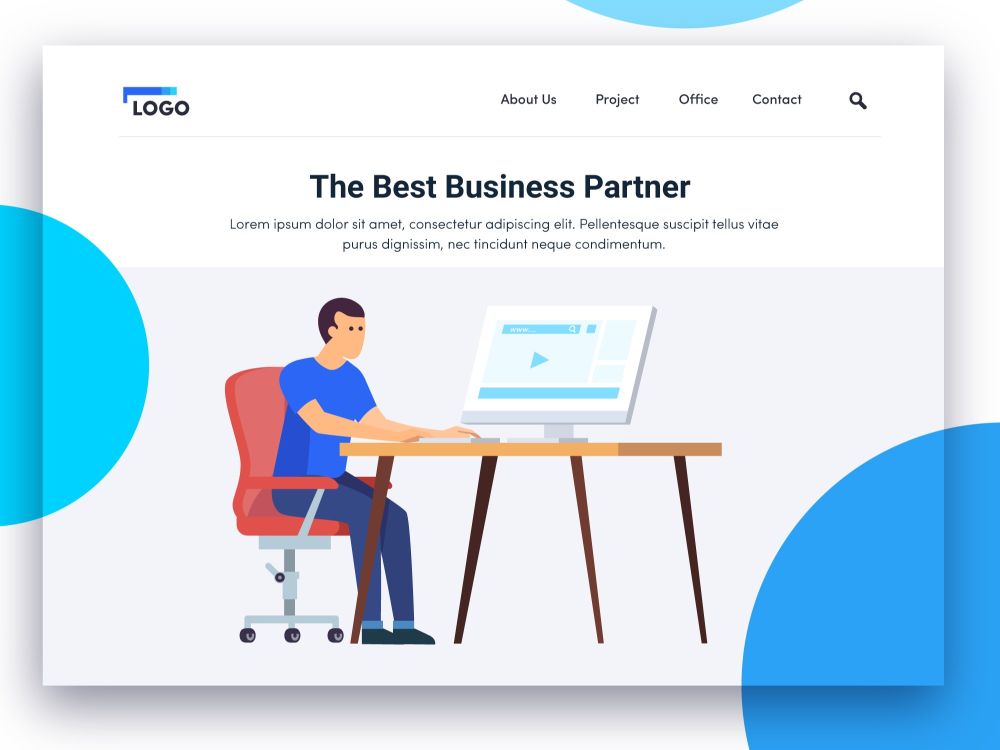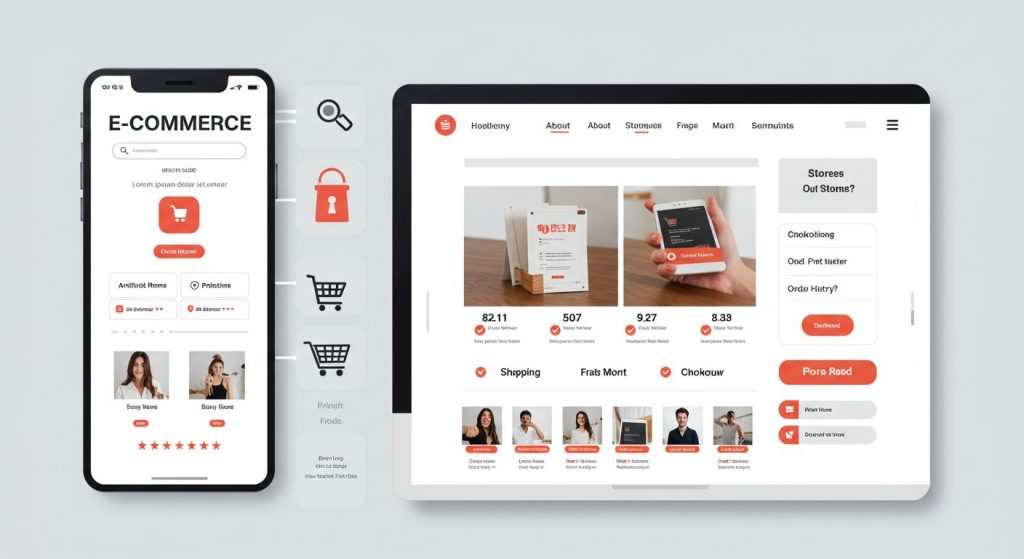Creating a website is no longer optional for companies aiming to succeed in today’s competitive landscape. A website serves as the digital face of a business and is often the first point of interaction with potential clients or customers. Beyond aesthetics and functionality, the structure and content of a company website play a vital role in converting visitors into loyal customers. To achieve this, companies need to ensure they include key pages that provide value, clarity, and trustworthiness. This article explores 10 important pages every company website should have and why they matter.
1. Homepage: Your Virtual Front Door
The homepage is the centerpiece of your website and the first impression many visitors will have of your business. A well-designed homepage should clearly convey who you are, what you offer, and how you can help. It should feature your unique value proposition (UVP), a strong call-to-action (CTA), and an overview of your core services or products. Additionally, the homepage must be visually appealing, fast-loading, and mobile-friendly to ensure an optimal user experience. A clean navigation menu and strategic placement of content ensure that visitors find what they’re looking for quickly.
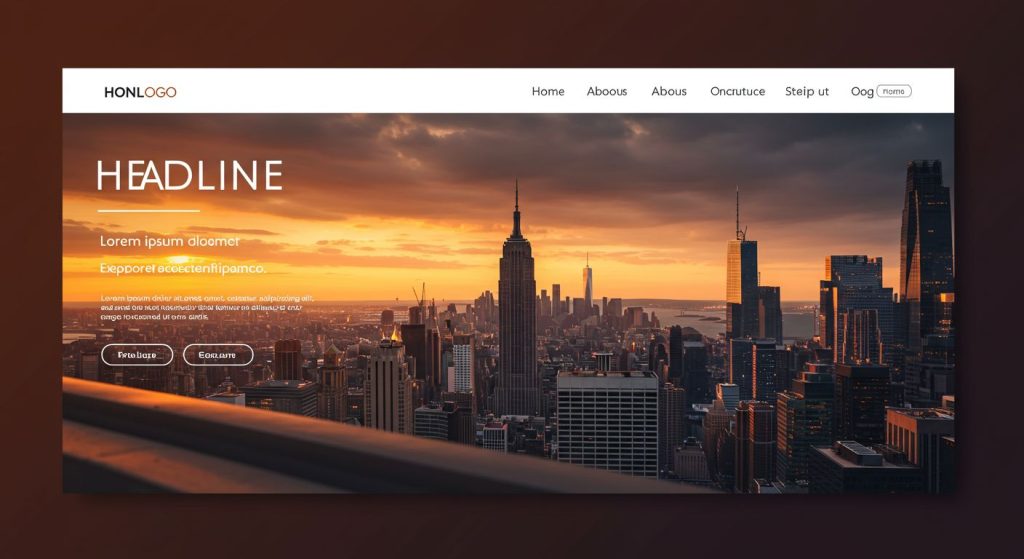
The homepage is the digital equivalent of a first handshake—it sets the tone for everything that follows. More than just an entry point, it’s a strategic communication hub that must instantly convey who you are, what you do, and why a potential customer should care. A high-performing homepage does several critical things simultaneously: it captures attention, communicates your unique value proposition, provides clear navigation, and guides visitors toward taking specific actions.
Key elements of an exceptional homepage include a compelling headline that speaks directly to your target audience’s needs, a concise value proposition that differentiates you from competitors, high-quality visuals that represent your brand’s personality, and strategically placed call-to-action (CTA) buttons that guide visitors toward conversion points. The design should be clean, intuitive, and responsive, ensuring a seamless experience across desktop and mobile platforms.
Your homepage should also incorporate social proof elements like client testimonials, industry awards, or recognizable client logos to build immediate credibility. The goal is to create a visual and textual narrative that quickly answers a visitor’s fundamental question: “Is this the right place for me?”
2. About Us Page: Building Trust Through Your Story
The “About Us” page is your opportunity to humanize your business and build credibility. This page should share your company’s history, mission, vision, and values. Including a section on your team’s expertise and showcasing leadership profiles with professional photos can help establish trust. For businesses with a rich history, incorporating timelines or milestones adds depth to your story. It’s also a good idea to mention any notable achievements, awards, or partnerships that reinforce your authority in your industry.

The About Us page is where you transform from an anonymous business entity into a relatable, human organization. It’s not just a history lesson but an opportunity to forge an emotional connection with your audience by sharing your company’s journey, core values, mission, and the passionate individuals behind your brand. A well-crafted About Us page goes beyond dry corporate biography—it tells a story that resonates with your target audience’s aspirations and values.
Effective About Us pages typically include a compelling narrative about the company’s founding, key team members’ backgrounds, mission statement, core values, and perhaps significant milestones or achievements. The content should be written in a warm, authentic tone that reflects your brand’s personality, whether that’s professional and serious or innovative and playful.
Consider incorporating visual storytelling elements like team photographs, behind-the-scenes glimpses of your workspace, infographics showcasing your company’s growth, or video introductions. These elements humanize your brand and create a more engaging, memorable experience that distinguishes you from competitors who might rely on bland, corporate-speak narratives.
3. Products or Services Page: Highlighting What You Offer
The “Products” or “Services” page is where you dive into what your business offers. Each product or service should have its own section or subpage with detailed descriptions, benefits, and pricing information. Use customer-friendly language, and if applicable, include case studies or testimonials to demonstrate how your offerings have helped others. High-quality images or videos showcasing your products/services in action are essential for visual engagement.
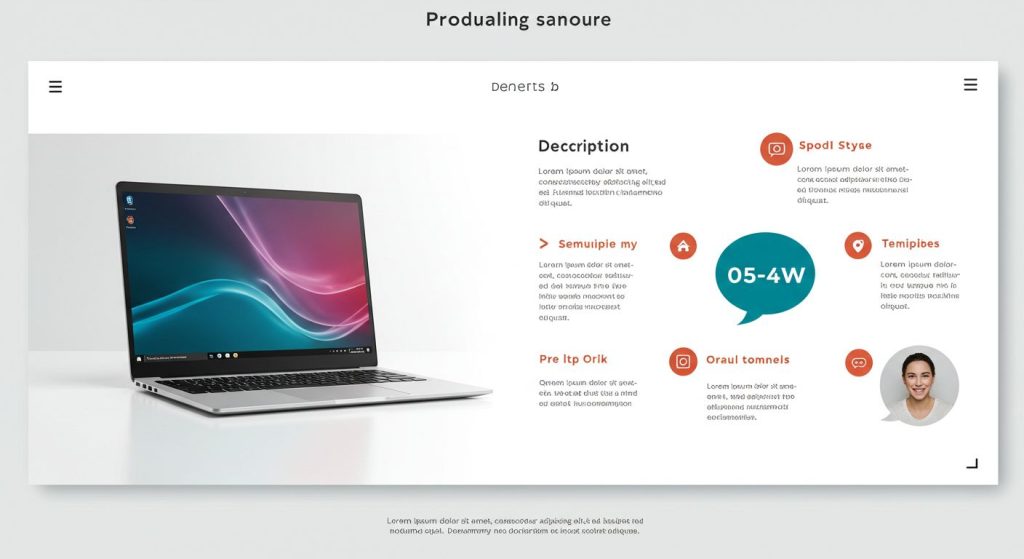
The Services or Products page is where you dive deep into what you offer, providing comprehensive information that helps potential customers understand exactly how you can solve their problems or fulfill their needs. This page is a critical conversion point, serving as a detailed catalog that not only describes your offerings but also demonstrates their unique value and differentiators.
For each service or product, provide clear, benefit-oriented descriptions that focus on solving customer pain points rather than just listing features. Use high-quality images or videos, include pricing information where appropriate, and structure the content to be easily scannable. Incorporate client testimonials or case studies specific to each offering to provide social proof and help potential customers visualize the real-world impact of your solutions.
Consider implementing interactive elements like comparison tables, configuration tools, or quick quote request forms to enhance user engagement and make the path to purchase as smooth as possible. The key is to anticipate and answer every question a potential customer might have about your offerings.
4. Contact Us Page: Making Communication Easy
A well-designed “Contact Us” page ensures that customers can easily reach you. This page should include a contact form, your email address, phone number, and physical address if applicable. Embedding a Google Map with your location can make finding you easier for visitors. Additionally, consider adding links to your social media profiles and a frequently asked questions (FAQ) section to address common inquiries.
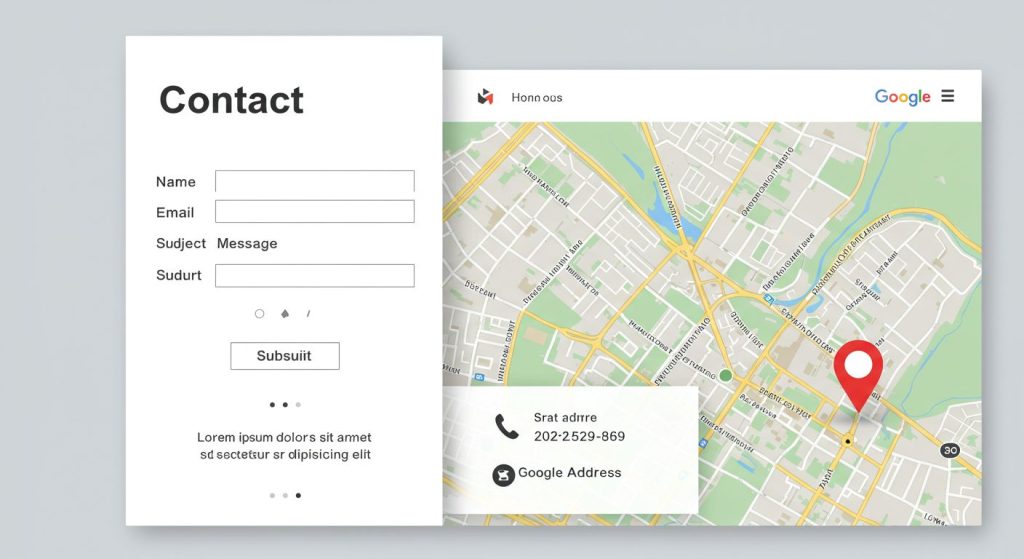
Your Contact page is more than just a form—it’s a critical touchpoint that can make or break a potential customer’s decision to engage with your business. An effective contact page should provide multiple, convenient ways for visitors to reach out, demonstrate your accessibility, and instill confidence in your responsiveness.
Include a user-friendly contact form with minimal required fields, display multiple contact methods (phone, email, physical address), and consider adding live chat functionality for immediate engagement. Integrate trust signals like response time guarantees, compliance badges, or brief statements about your commitment to customer communication.
Geographically, if you have a physical location, embed a Google Map to help visitors understand your location. For businesses serving multiple regions or operating globally, consider providing region-specific contact information or language options to enhance accessibility.
5. Blog Page: Sharing Knowledge and Building Authority
A blog page is a powerful tool for driving organic traffic, engaging with your audience, and showcasing your expertise. Use your blog to address common pain points in your industry, provide how-to guides, and share company updates. Consistent blogging with SEO-optimized content can help improve your search engine rankings and establish your brand as a thought leader. Ensure your blog page is easy to navigate, with categories, tags, and a search function.

A Blog or Resources page is your platform for demonstrating industry expertise, providing value to your audience, and improving your website’s search engine optimization (SEO). It’s not just about creating content, but about consistently delivering valuable, relevant information that positions your brand as a trusted authority in your field.
Develop a content strategy that addresses your target audience’s questions, challenges, and interests. Include a mix of content types: how-to guides, industry insights, case studies, trend analyses, and educational articles. Ensure each piece is well-researched, professionally written, and provides genuine value beyond promotional messaging.
Implement robust categorization, tagging, and search functionality to help visitors easily find relevant content. Include options for content sharing, email subscriptions, and related post recommendations to increase engagement and time spent on your site.
6. Testimonials or Case Studies Page: Social Proof That Converts
Potential customers want to see proof that your company delivers on its promises. A testimonials or case studies page provides the social proof needed to build trust and confidence. Showcase quotes from satisfied customers, along with photos or videos, where possible. For case studies, present specific challenges, your solutions, and measurable results to highlight your impact.
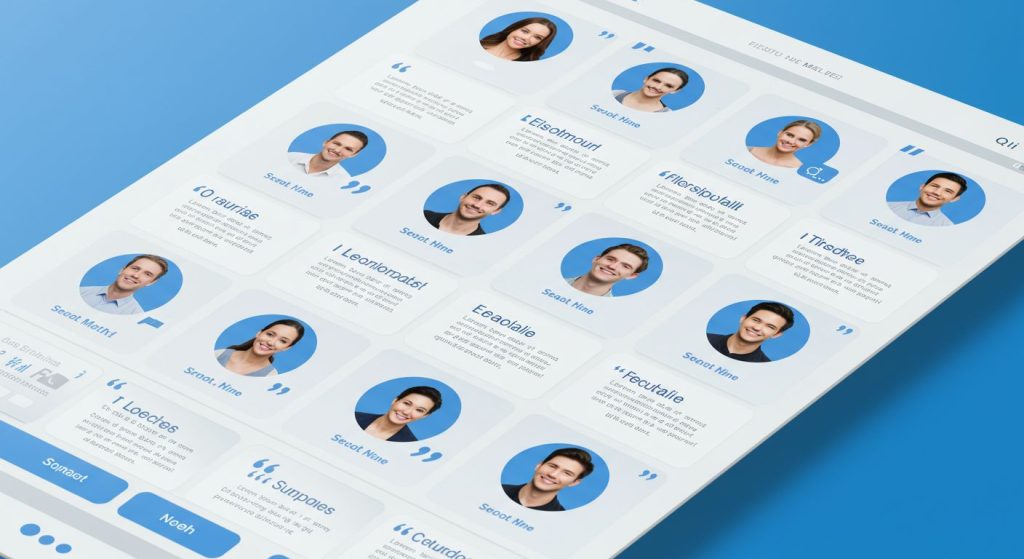
Testimonials and case studies are powerful tools for building trust and credibility. This page serves as a living portfolio of your success, providing concrete evidence of your ability to deliver results. Unlike generic marketing claims, these real-world examples offer potential customers authentic insights into the tangible benefits of working with your company.
Structure this page to showcase diverse client experiences, highlighting various industries, challenge types, and measurable outcomes. Use a combination of written testimonials, video testimonials, and detailed case studies that follow a clear narrative: challenge, solution, and results. Include specific metrics and quantifiable achievements to add credibility.
Consider organizing testimonials by industry, service type, or client size to help potential customers find the most relevant social proof. Professional design and easy navigation are crucial in making these success stories compelling and accessible.
7. Portfolio or Projects Page: Showcasing Your Work
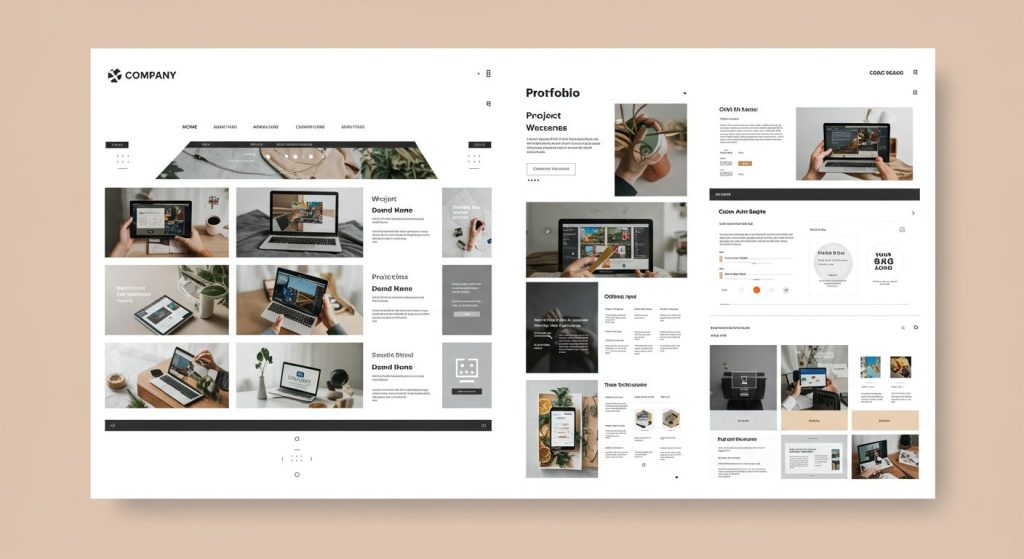
For businesses in creative or service-oriented industries, a portfolio or projects page is essential. This page highlights completed projects and demonstrates the quality of your work. Include high-resolution images, detailed descriptions, and, if applicable, client feedback. Organizing your portfolio into categories makes it easier for visitors to find relevant examples.
8. FAQ Page: Addressing Customer Concerns
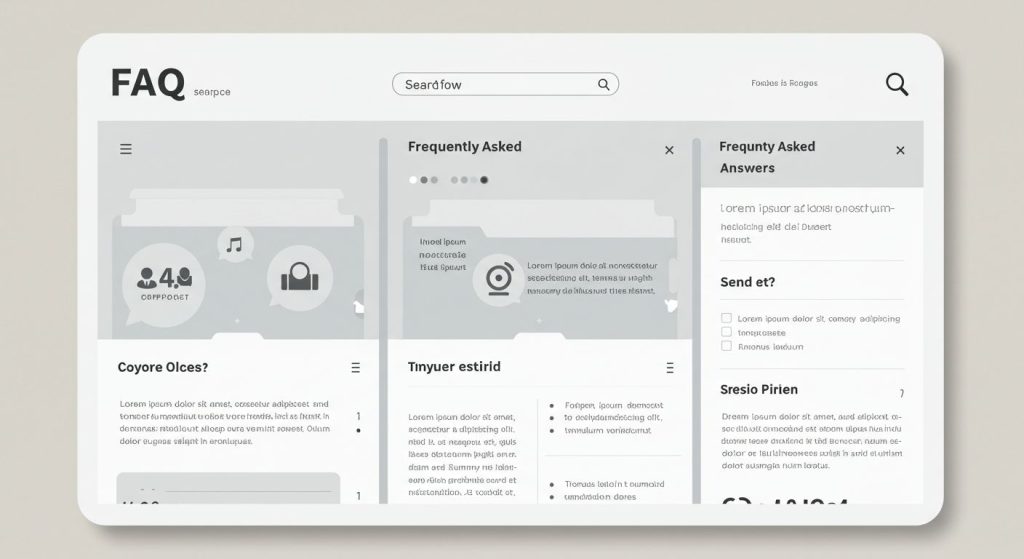
An FAQ page serves as a one-stop resource for addressing common questions about your products, services, or policies. Organize your questions into categories for easy navigation and ensure that your answers are concise but thorough. A well-structured FAQ page can reduce customer support inquiries and improve user satisfaction.
9. Privacy Policy and Terms of Service Pages: Ensuring Compliance
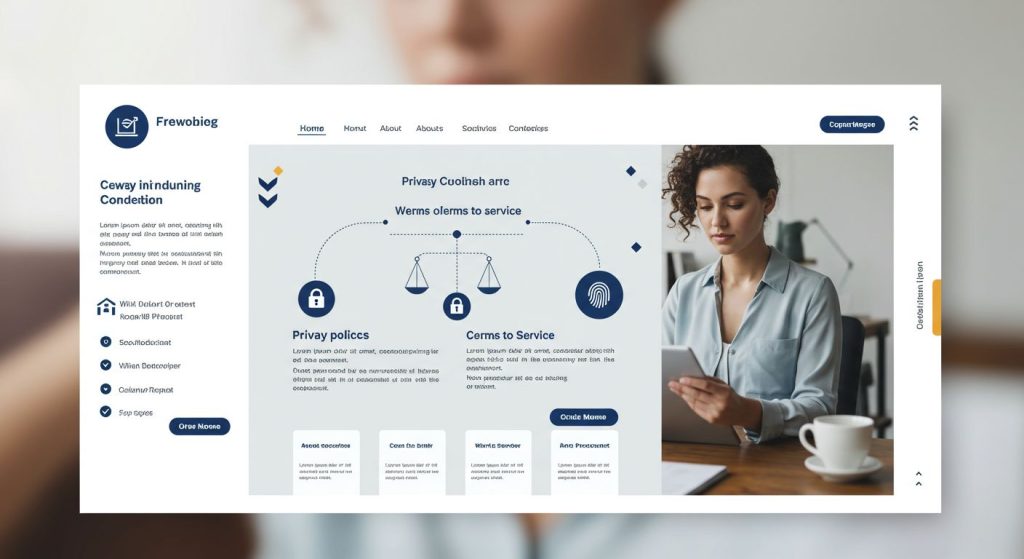
Every website needs a privacy policy and terms of service pages to comply with legal requirements and build trust. The privacy policy should explain how you collect, use, and protect user data, while the terms of service outline the rules governing the use of your website. These pages are particularly crucial for businesses handling sensitive customer information.
While often overlooked, Privacy Policy and Terms of Service pages are critical for legal compliance and building customer trust. These pages demonstrate your commitment to data protection, ethical business practices, and transparency. They protect both your business and your customers by clearly defining the terms of your digital relationship.
Write these documents in clear, accessible language that goes beyond legal jargon. Address key areas like data collection practices, user rights, service limitations, and dispute resolution mechanisms. Consider using accordions or collapsible sections to make the content more digestible.
Ensure these pages are easily accessible from your website footer and that they are regularly updated to reflect changing legal requirements and business practices. Consider having a legal professional review these documents to ensure comprehensive coverage.
10. Careers Page: Attracting Top Talent
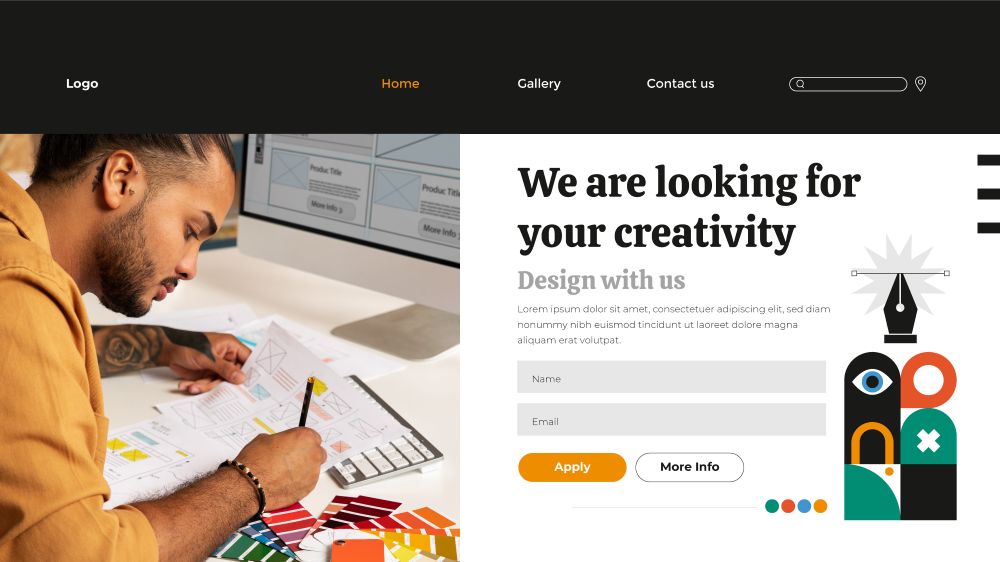
For businesses looking to grow, a careers page is essential for attracting skilled professionals. This page should include job openings, detailed descriptions of roles, and an overview of your company culture. Incorporate testimonials from current employees and highlight perks or benefits that make your company a great place to work. A simple application form or instructions for applying should be included
Conclusion
A well-structured website is the backbone of any successful business. By including these 10 essential pages, you can create a professional, user-friendly, and informative platform that effectively engages visitors and converts them into loyal customers. Whether you’re just starting out or revamping your current site, these pages will set you on the path to digital success.
A well-structured website is more than a digital brochure—it’s a dynamic, strategic tool that can dramatically impact your business’s success. By implementing these 10 essential pages, you create a comprehensive online presence that attracts, engages, and converts potential customers.
Remember, your website is an ongoing project. Continuously analyze user behavior, gather feedback, and be prepared to evolve your digital strategy. The most successful websites are those that view their online presence as a living, breathing extension of their brand.


